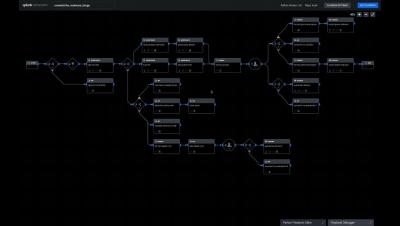Linting Rego with... Rego!
One of my absolute favorite aspects of Open Policy Agent (OPA) is the general purpose nature of the tool. While commonly seen in deployments for Kubernetes admission control or application authorization, the large OPA ecosystem includes integrations with anything from databases, and operating systems to test frameworks and REST clients for most common languages.










